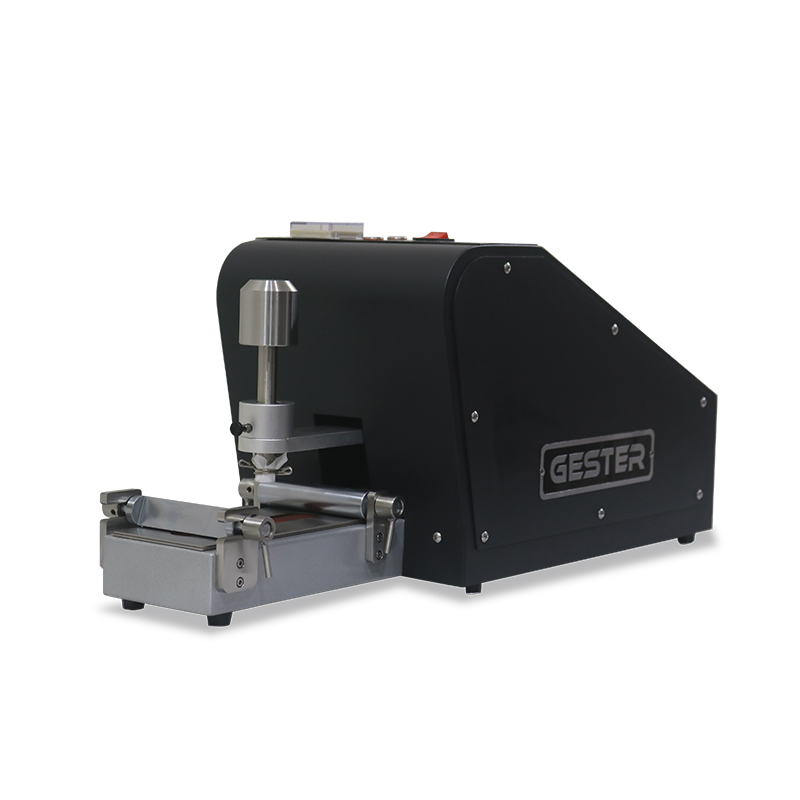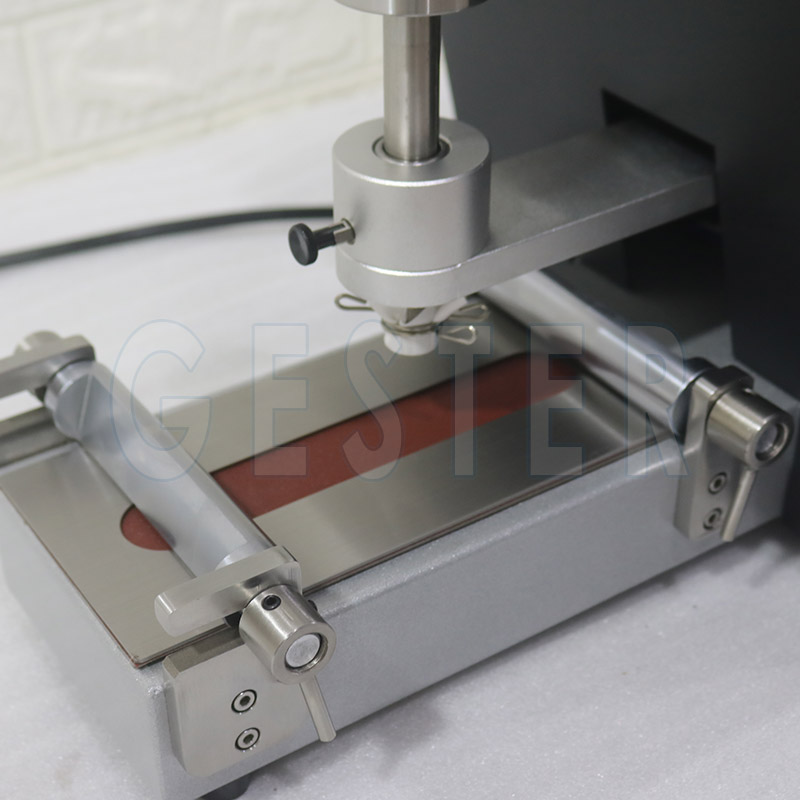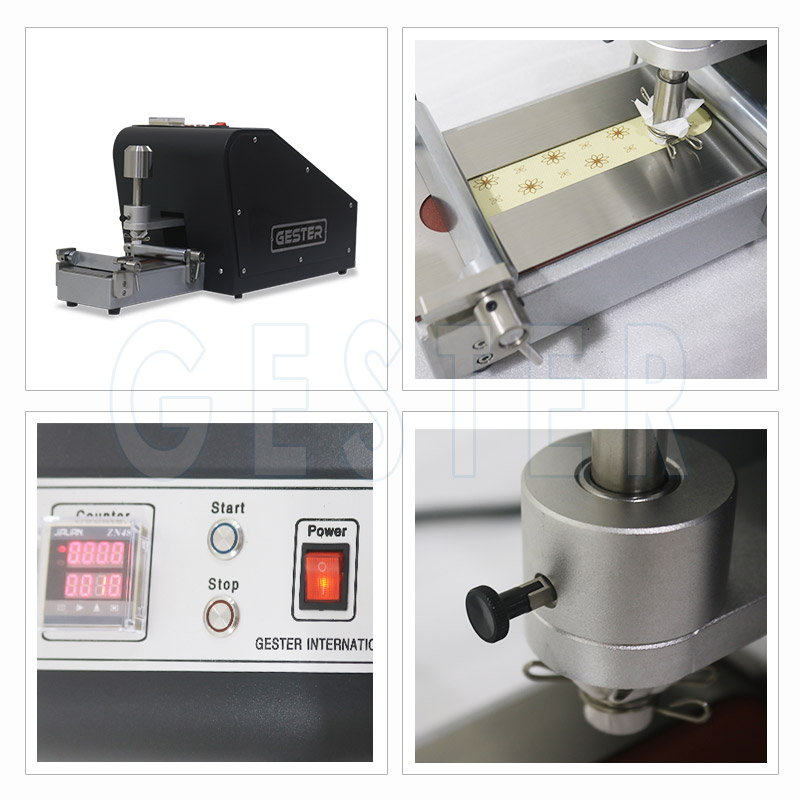Dry and wet colour fastness crock test is mainly used to test the color fastness of textiles, and widely used in the textile industry.
Currently, there are different types of wet and dry colour fastness crock in the textile instrument industry. The commonly used color fastness crock tester is electric dry and wet crockmeter and manual dry and wet crockmeter.This article mainly takes the electric dry and wet crockmeter as an example.

Scope of Application:
The instrument can be used to test the color fastness of colored fabric such as cotton, chemical fiber and blending.
Detail of Machine:
Crockmeter is used to test color fastness, which may cause color transfer to other surfaces due to friction. The tester gets its name from "crock", which refers to the transfer of pigment or other substances from the specimen to the dry and wet fabric with rub against each other.
The tester includes a base plate and a sample to be tested is fixed on it. Rubbing head can be moved back and forth along the specimen. And rubbing cloth is installed on the test head. The movement of the rubbing head is controlled by crankshaft transmission, and it has a certain load. Dyed fabrics are usually tested using a white standard rubbing cloth.
Features of Instrument:
Used for dry and wet decolorization test of textile, suitable for regular or periodic test.
A.Rubbing head diameter: 16mm;
B.Vertical pressure: 9N;
C.Electric drive, requiring power supply 220V;
D.It is equipped with an electronic counter, which fully simulates the test results of manual friction for 10 times, with high data reproducibility;
E.Fixing device with the sample;
F.The Fastening rings is made of spring steel clamping, ensuring fast fastening of standard rubbing cloth.
一、The testing of dry colour fastness crock:
1.Put the sand paper on the base of the tester along the length direction of the sample. Then put the test sample on the sand paper;
2.Place the sample holder on the sample to prevent the sample from sliding;
3.Make a square of rubbing cloth to the Rubbing head in the downward direction. The walking direction of the rubbing cloth is parallel to the rubbing direction, and use a special ring is used to cover the rubbing cloth. Note that the ring should not be too low, as this will drag the test specimen.
4.Put the rubbing head down and let it touch the sample. The starting position is to put in front of rubbing head testing route. Shake the handle 10 times back and forth at the speed of one return per second. In this way, the rubbing head will be repeated in the sample 20 times.
For the electric crock, set 10 times and start the tester. For other return times, please refer to the requirements.
5.Remove the rubbing cloth, conduct the humidification according to the standard (AATCC) requirements, then contrast the gray scale for staining according to the standard method. For the woollen, fluffing and abrasive samples, once some loose fibers are touched on the rubbing cloth, the rating will be affected.Before the rating, sand paper is used to gently press the rubbing cloth to touch the irrelevant short fibers.

二、The testing of wet colour fastness crock:
1.Thoroughly wet the rubbing cloth in distilled water.
2.Before testing, use an easy method, such as clamping the rubbing cloth between the filter paper and rolling with the mill to control the moisture content to be 65%±5%. The moisture content of the calculation is based on dry rubbing cloth in the standard atmospheric conditions (temperature of 21℃, humidity of 65%) based on wet weight.
3.Perform the test according to the dry colour fastness crock method in above.
